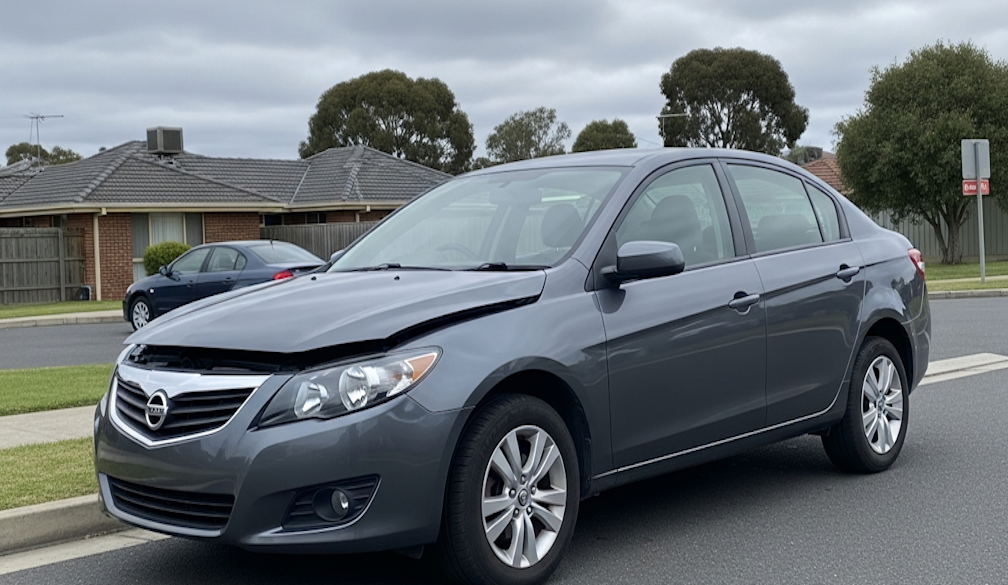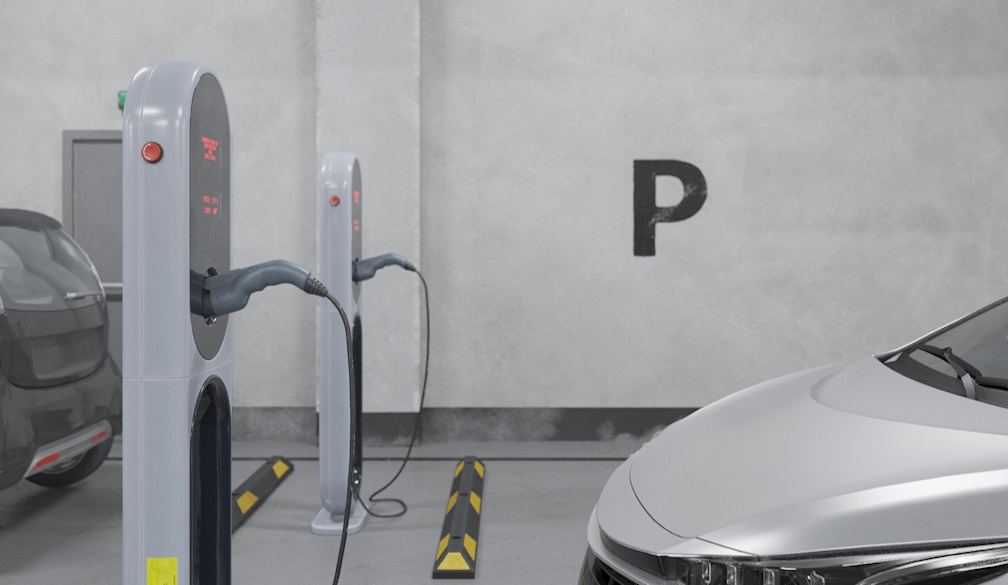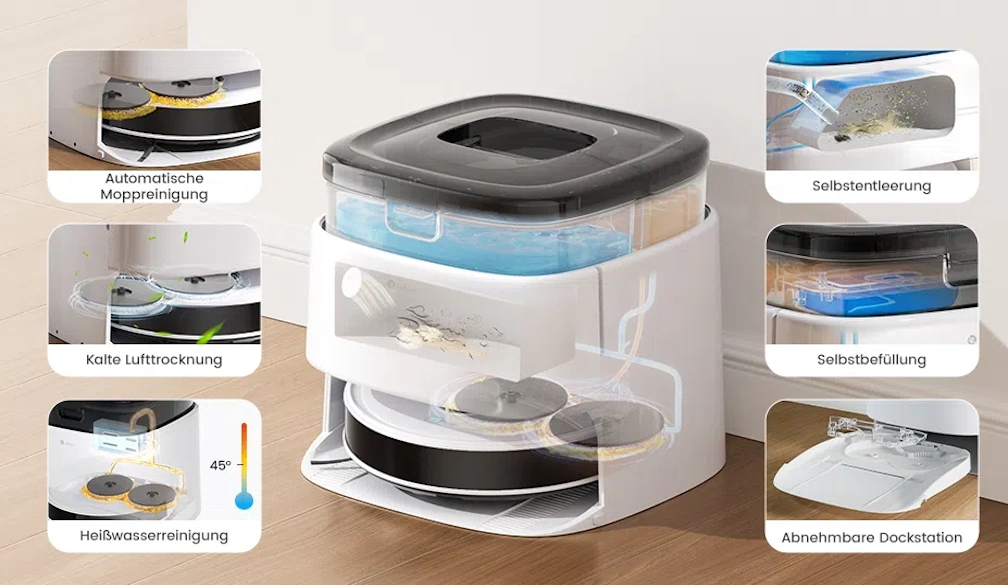Bird-Proofing Your Solar Panels
- Written by The Bulletin

Solar panels which have bird nests on them or close to them can preserve important damage and lose overall performance. Innovative techniques to shield those priceless installations are provided thruough immoderate-tech bird deterrents. The durability and height performance of sun panels are assured via those modern-day strategies, which moreover offer a compassionate and environmentally responsible manner of controlling birds. In each residential and enterprise settings the usage of excessive-tech chicken deterrents is crucial to maintaining the sturdiness and ordinary performance of solar panel installations.
Hiring Professional Services for Bird Control on Solar Panels
For both houses and companies, hiring expert bird control for solar panels is a smart funding. Professional bird manipulates organizations efficaciously discourage birds from building nests or perching on solar panels thru the use of unique techniques and gear. These professionals offer an entire lot of remedies, along with laser systems, ultrasonic gadgets, and hen netting further to spikes and excessive-tech deterrents. By using their enjoy, you can make sure that the techniques carried out for bird control are humane and powerful, reducing harm to the birds at the same time as safeguarding your sun panels. Additionally, experts perform complete inspections to become aware of possible issues and provide treatments that are unique in your occasions. Employing experts also can save you time and effort because of the fact they address chook manipulate tool set up and renovation. By being proactive you could amplify the existence of your funding and save you harm on the same time as retaining the performance and decrease lengthy-term protection fees of your sun panels.
Balancing Bird Control and Environmental Conservation for Solar Panels
When safeguarding solar panels putting a stability among fowl control and environmental renovation is essential. Even despite the fact that birds' nesting, perching, and droppings can considerably affect sun installations, it is crucial to cope with those troubles with out endangering nearby animals. To reap this stability, it is essential to place into practice fowl manipulate techniques which might be both ecologically benign and powerful. Eco-friendly alternatives to bird netting and spikes provide physical obstacles that bird control for solar panels without endangering them. It is feasible to put into effect those techniques in a manner that has the least negative outcomes at the ecology. Modern deterrents, which include laser systems and ultrasonic gadgets, deter birds without harming them and offer a compassionate method of controlling them. Making positive the materials used to govern birds are sustainable and do now not get worse the surroundings is some different vital difficulty.
For example, using non-toxic repellents or nets made from biodegradable substances contributes to the upkeep of ecological integrity. Effective chicken control strategies may be in addition superior thru working in tandem with vegetation and fauna specialists and environmental businesses, all of the at the identical time as ensuring that conservation regulations are observed. Solar panel safety and environmental conservation can be completed via fusing current technology, green materials, and specialised information. This thoughtful technique no longer great protects solar investments however additionally permits to preserve the fitness of the surroundings and close by fauna.
Comparing Different Bird Control Methods for Solar Panels
Bird netting and spikes are two examples of bodily boundaries that paintings nicely to keep bird control for solar panels, despite the fact that they may be unpleasant. Modern, discrete options for chook deterrence encompass excessive-tech gadgets like laser structures and ultrasonic gadgets that use light and sound. They ought to, nevertheless, need power resources and routine maintenance. An extra layer of protection is offered with the aid of chemical repellents and bird gels; however, these must be sprayed once more and may have a negative effect at the surroundings. To pick the most reliable chook manage technique in your sun panel installation so that it will make certain sustainability and protection, you need to weigh factors including value, effectiveness, aesthetic effect, and environmental issues.













